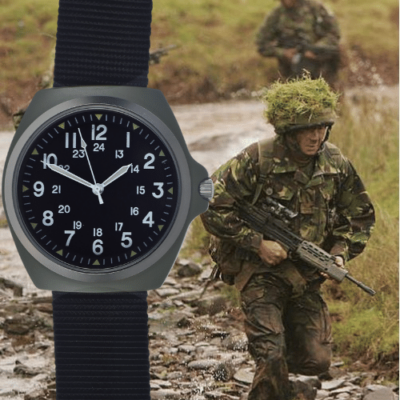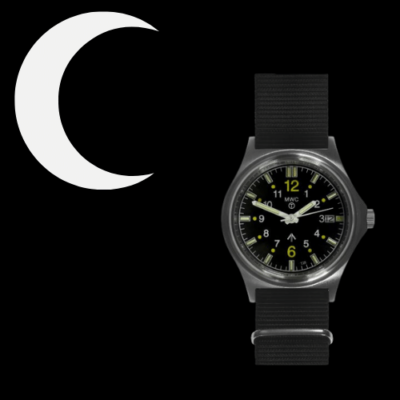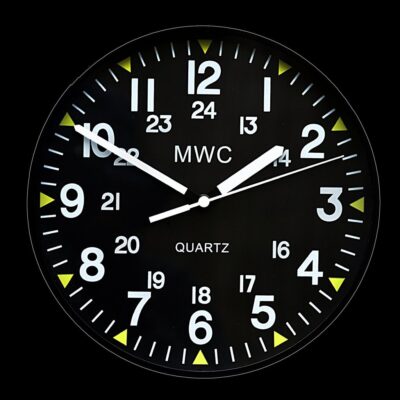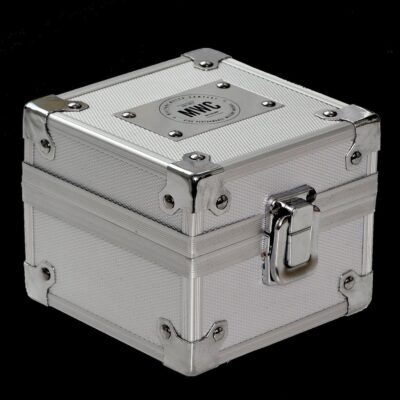News
New Details on U.S. Space Force Ops. to Track Iranian Missile Launches and Protect Israel
The U.S. Space Force 11th Space Warning Squadron has been honoured as the top unit in the service for 2024 for its role in helping to protect Israel fro Iranian missile strikes, with the Mitchell Institute for Aerospace Studies having selected the squadron on the basis of the precise early warning data it provided. The Iranian missile strikes in question began on April 13, in response to an Israeli F-35 strike on an Iranian diplomatic building in Damascus twelve days prior. The Israeli attack had killed a brigadier general in the elite Quds Force of the country’s Revolutionary Guard Corps Mohammad Reza Zahedi, and ten other Iranians including several long serving diplomats and General Zahedi’s deputy General Haji Rahimi, significantly escalating hostilities between the two countries.

Iranian missile launches set off alarms at the 11th Space Warning Squadron (SWS) and 2nd Space Warning Squadron operations centres, with these ringing approximately 300 times in response to multiple launches. Crews of a half dozen SWS worked to track each launch, verify the data, and pass it along as quickly as possible, allowing U.S. Navy and Israel Defence Forces personnel on the ground to more effectively intercept their targets. Captain Abigail Flanner, weapons officer for the 11th SWS, recalled regarding her unit’s response to pressure: “Those were both unprecedented attacks; we saw hundreds of missiles in a matter of minutes, and that really required us to look at how we’re doing our job.” “It really pushed our squadron to just figure out how [to] best tackle this new kind of threat … to make sure we’re providing that missile warning and missile defence that we need to be,” she added.
Regarding the state of the 11th SWS during the attacks, the unit’s commander Lieutenant Colonel Amanda Manship observed: “We were actually in a trial period during the April attacks … and my team not only was trying to assess this new system, but put it to the test under literal fire… The team did great adapting to the new system and the new way it operated while still meeting the objectives of missile warning and tracking.”

Iran has launched three waves of missile attacks against Israel under operations named True Promise 1, 2 and 3, with the second launched on October 1 in response to an Israeli strike on Tehran and Israel’s invasion of Lebanon, while the third was launched on July, 2025, in response to large scale Israeli air strikes on Iranian targets. The events of April 2024 were considered an unprecedented escalation of hostilities, which led to both successful Israeli operations alongside strategic partners, most notably Turkey, to topple the Iranian-aligned Syrian government in December 2024, and subsequently to a much larger scale Israeli attack on Iran in June 2025. Although Iranian missile strikes in June were considered particularly devastating, hitting key military and infrastructure targets across Israel, the Israel Defence Forces’ interception rates were improved significantly through the provision of early warning data by the U.S. Army and U.S. Navy’s THAAD and AEGIS radars systems, the U.S. Space Force’s early warning system, and Turkey’s Kurecik radar base. With Iran heavily reliant on its ballistic missile arsenal to deter further Israeli attacks, the support provided to Israel’s missile defences have been assessed to have increased the chances of Israel again initiating hostilities with its longstanding adversary.












